Imagine the world fading, your vision clouded by scars on your eyes. For those with severe corneal damage, especially from limbal stem-cell deficiency (LSCD), this is a harsh reality, one that often leads to blindness. Now, a ground-breaking study published in The Lancet has brought a glimmer of hope. Through advanced stem-cell technology, researchers have shown remarkable results in restoring vision in patients with damaged corneas, opening new doors in the treatment of blindness.
Let’s explore how this innovative stem cell approach works, the science behind it, and its potential impact on the future of eye care.
Limbal stem-cell deficiency is a condition where the eye’s natural ability to heal is compromised. The cornea, which is the transparent layer at the front of the eye, relies on a steady supply of limbal stem cells to remain clear and functional. These cells, located at the edge of the cornea, regenerate damaged tissue and protect the eye from external damage.
When these essential cells are lost due to trauma, infection, or certain genetic conditions, the cornea becomes scarred and opaque. As a result, people with LSCD experience blurred vision, severe discomfort, and often complete blindness. Traditional treatment options are limited, often requiring corneal transplants from a healthy donor, which come with risks such as immune rejection and limited donor availability.
The recent study explored a revolutionary alternative for LSCD patients by using induced pluripotent stem cells (IPS cells). Unlike typical stem cells, which are harvested directly from embryos or other sources these cells are created by reprogramming mature cells like blood cells back to an embryonic-like, versatile state. This transformative process allows scientists to generate nearly any cell type, including the limbal stem cells needed for corneal repair.
Led by Dr. Kohji Nishida at Osaka University in Japan, this team of researchers developed a process to create limbal-like cells from IPS cells. These cells are then grown into a transparent tissue sheet designed to integrate with the patient’s damaged cornea. This sheet of reprogrammed cells acts as a substitute for the lost limbal stem cells, restoring the cornea’s ability to heal itself and remain clear.
The study tracked four individuals with severe LSCD who underwent this stem-cell-based procedure. For three of the four patients, the results were transformative, bringing significant and lasting improvements in their vision for over a year. The fourth patient experienced partial improvement, though it was not as long-lasting as the others.
In terms of safety, the procedure showed excellent outcomes. None of the patients developed tumours, a common concern with stem cell treatments. Even more promising, two patients who did not take immunosuppressant drugs did not experience rejection of the transplanted cells. This suggests that IPS-derived cells may have a lower risk of immune response, which is a major advantage over traditional transplants that rely on donor tissue.
Let’s break down the process that Dr. Nishida and his team followed to bring this treatment to life:
1. Cell Collection and Reprogramming: Blood cells are taken from the patient and “reprogrammed” to revert to an embryonic-like state. This step is crucial because it allows the creation of cells that can transform into limbal-like stem cells.
2. Cultivation of Corneal Tissue: These reprogrammed cells are then grown in a lab to form a thin, transparent tissue layer. This layer resembles the natural limbal stem cells and can integrate with the patient’s cornea.
3. Transplantation: The newly created tissue is carefully grafted onto the damaged cornea. This tissue then serves as a protective layer and a source of new cells that support corneal repair.
4. Healing and Integration: Over time, the transplanted cells encourage the patient’s own cells to regenerate, creating a natural healing process. This leads to clear vision as the cornea repairs itself without scarring.
This stem cell approach represents a significant shift in how we treat LSCD and potentially other forms of corneal blindness. Here’s why it’s so pathbreaking:
- Reduced Need for Donor Tissue: Traditional corneal transplants require tissue from a donor, which comes with risks like immune rejection and complications. iPS cells offer a customized solution that avoids these risks, as they are derived from the patient’s own cells.
- Lowered Risk of Immune Rejection: Since these cells are created from the patient’s blood cells, they are less likely to trigger immune responses. In this study, even those who did not take immunosuppressants avoided rejection, a promising outcome for future applications.
- Minimizing Tumour Risks: One of the biggest challenges with stem cell therapy is the potential for unwanted cell growth. Fortunately, none of the patients in this study developed tumours, marking an important safety milestone in stem cell research.
This breakthrough is not only a major advancement for people with LSCD but also leads the way for new stem cell applications in treating various eye conditions. Vision loss affects millions globally, and the demand for effective treatments far outweighs the supply of donor corneas. If this technique proves successful in larger studies, it could be expanded to help those with other corneal diseases or even retinal conditions.
Moreover, with continued refinement, this procedure may evolve into a more accessible option worldwide. Stem cell labs across the globe are already exploring how to make such therapies cost-effective and scalable, aiming to bring hope to those suffering from debilitating eye conditions.
One of the most impressive aspects of this study is its emphasis on safety. Stem cell treatments are notorious for their unpredictability, often leading to unintentional consequences such as tumour formation or immune complications. The absence of these issues in Dr. Nishida’s procedure is a testament to meticulous planning and rigorous testing, which should inspire confidence as this field moves forward.
The success with IPS cells in this study shows that we may be on the brink of a safer era in regenerative medicine. By carefully reprogramming and cultivating cells, researchers can design treatments that minimize the risks and maximize the healing potential. For patients, this means fewer side effects, lower risks, and better results.
Although the results of this study are incredibly promising, further research is essential. The next step involves larger clinical trials that include diverse populations, varying degrees of corneal damage, and different ages. Expanding the scope of this research will help confirm the treatment’s efficacy and safety on a broader scale.
If these trials continue to show positive results, stem-cell-based corneal transplants could become an approved, mainstream option for restoring sight. Regulatory approval would lead the way for hospitals and clinics worldwide to offer this treatment, significantly impacting those affected by LSCD and other corneal diseases.
The voices of those who have experienced life-changing results through this procedure add a deeply personal dimension to this scientific breakthrough. Imagine regaining the ability to see clearly after years of blurred vision or blindness. For these patients, every day is a testament to the power of science and the hope it brings.
Each person’s experience reflects the immense potential of stem cell research, not only in eye care but in the broader field of regenerative medicine. Their stories remind us that the ultimate goal of this research is not only to push the boundaries of science but to improve lives in profound and tangible ways.
The journey from lab research to patient application is often long and fraught with challenges. But for those with LSCD and other forms of corneal damage, this new approach using IPS cells offers an exciting glimpse into the future. Through careful planning, innovation, and commitment to safety, researchers have developed a way to restore sight without the need for donor tissue and with a lower risk of complications.
This approach is more than a medical achievement; it’s a new dawn in the world of vision restoration. As larger studies and clinical trials unfold, there is hope that stem cell transplants will become a routine solution for those struggling with corneal blindness.
The field of regenerative medicine is transforming how we approach treatment for previously untreatable conditions. From corneal transplants to organ regeneration, stem cell science holds immense promise for repairing damaged tissues and organs. As more breakthroughs like this emerge, it’s clear that we are entering a new era in medicine where healing is personalized, targeted, and based on the body’s remarkable ability to renew itself.
So, if you or a loved one suffers from vision loss, the horizon is brightening. With each discovery, science moves closer to a future where blindness is not a permanent condition but a challenge we have the tools to overcome. For those in need of vision restoration, the future looks hopeful and clearer than ever before.
.png)
 With each discovery, science moves closer to a future where blindness is not a permanent condition but a challenge we have the tools to overcome.
With each discovery, science moves closer to a future where blindness is not a permanent condition but a challenge we have the tools to overcome.





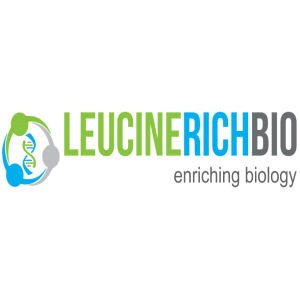
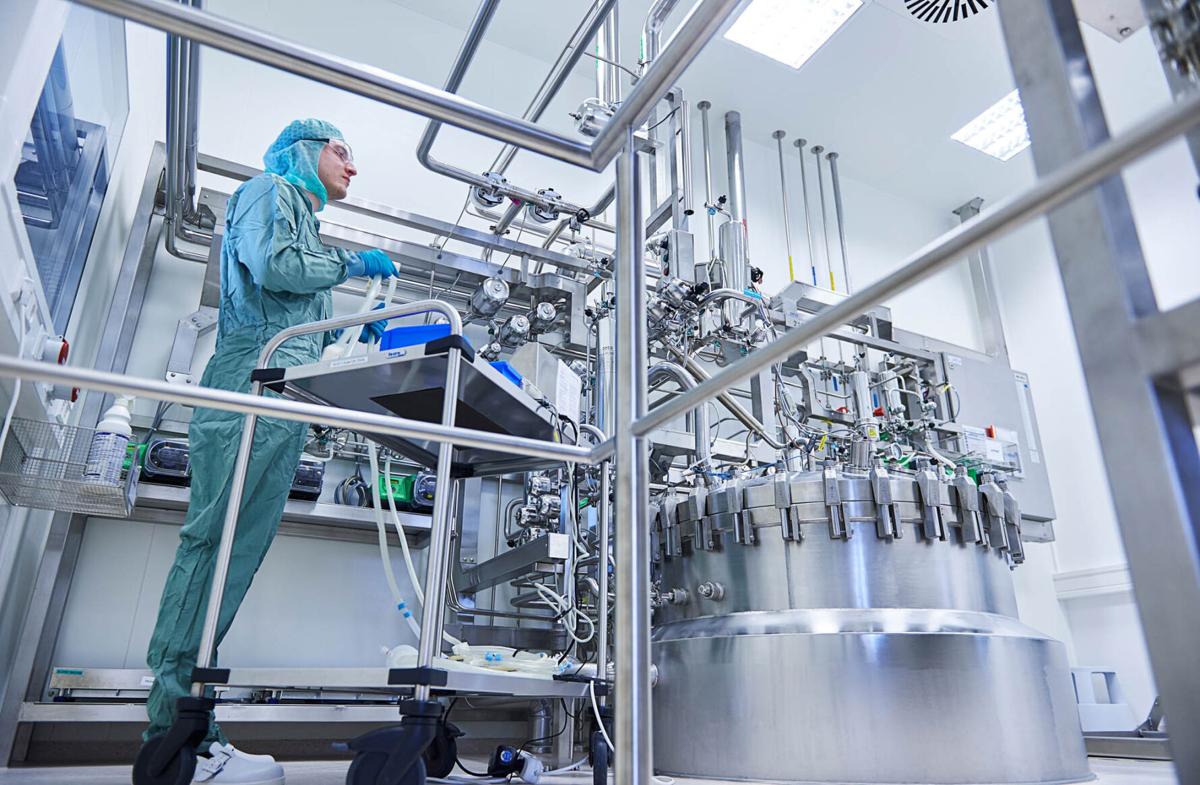

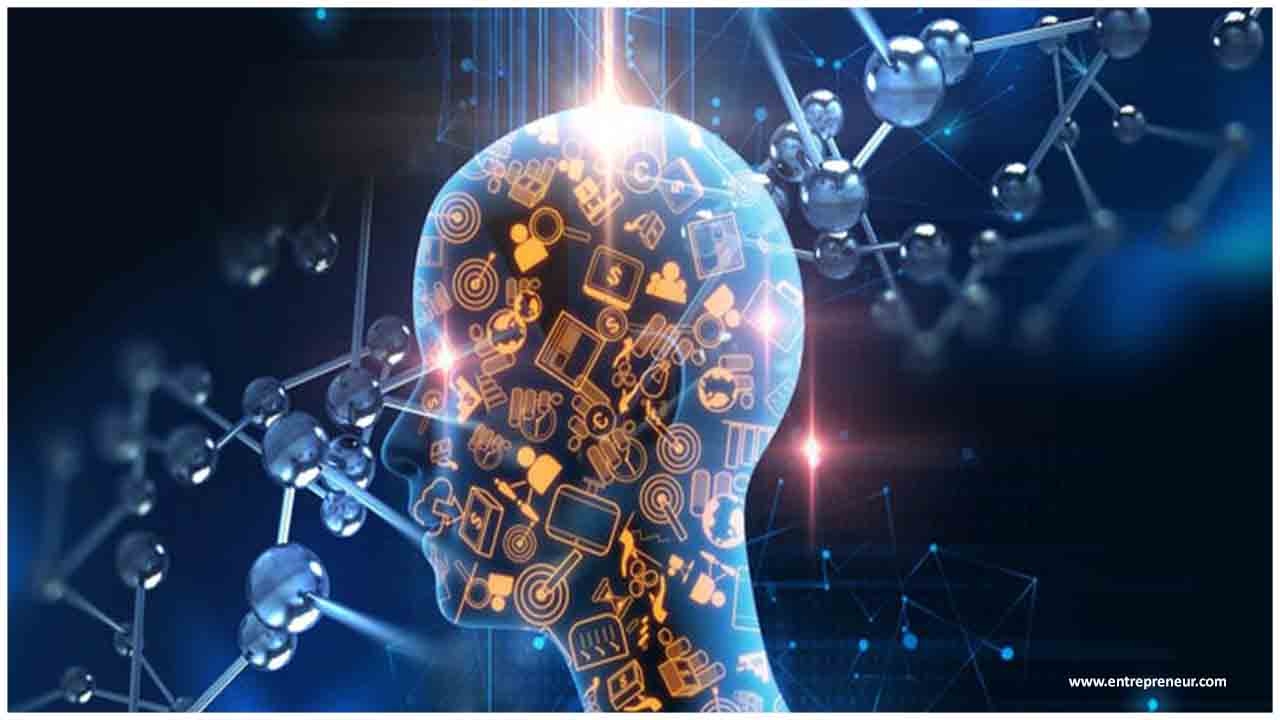

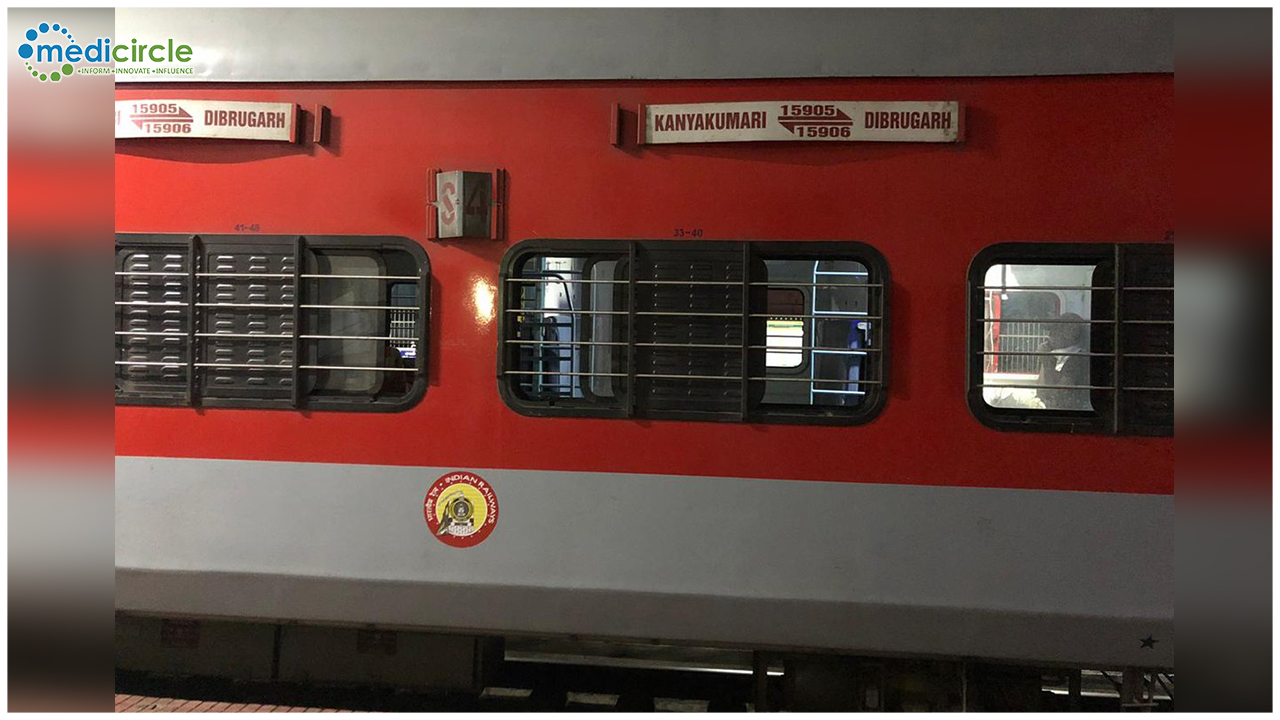
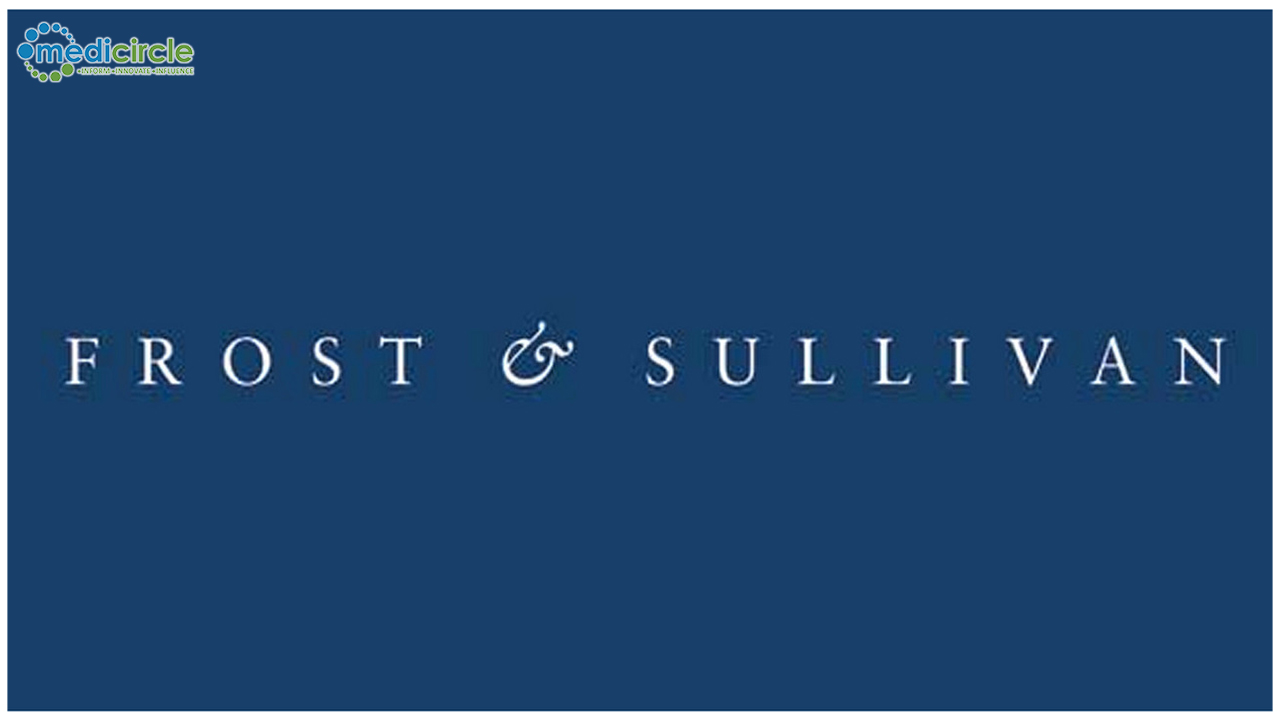


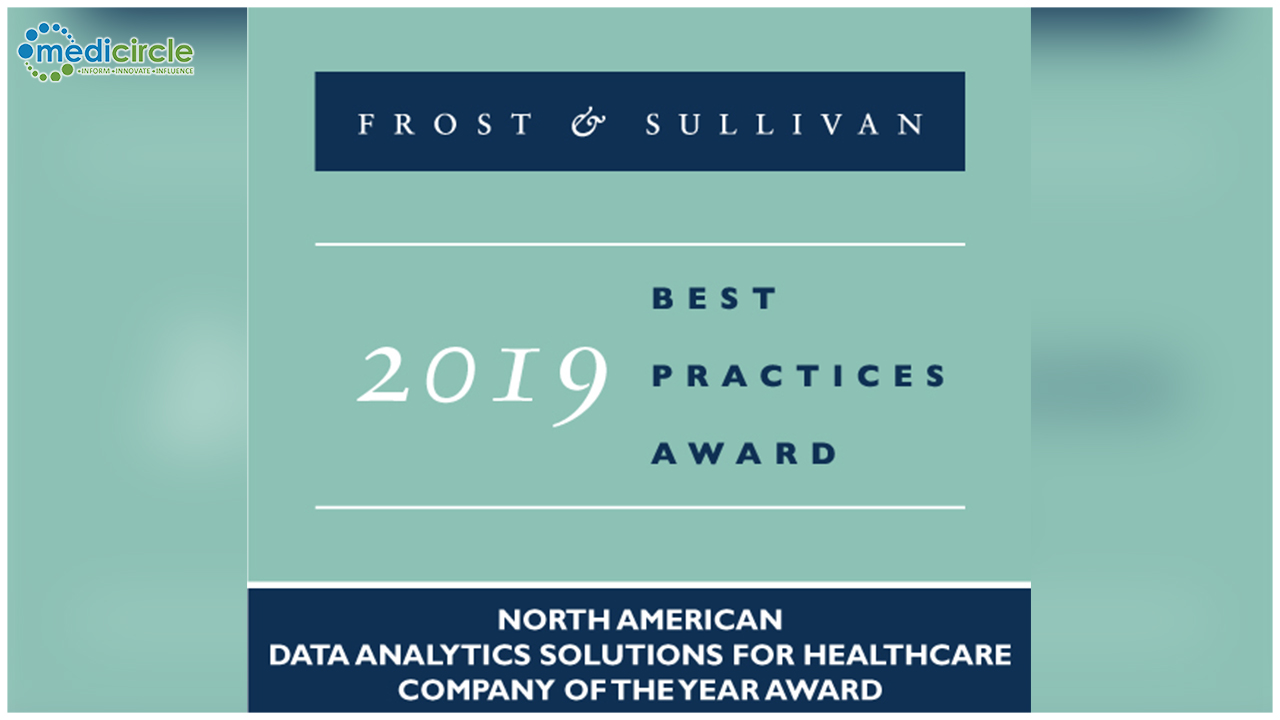





.jpeg)


.jpeg)



.jpeg)
.jpeg)






.jpeg)





